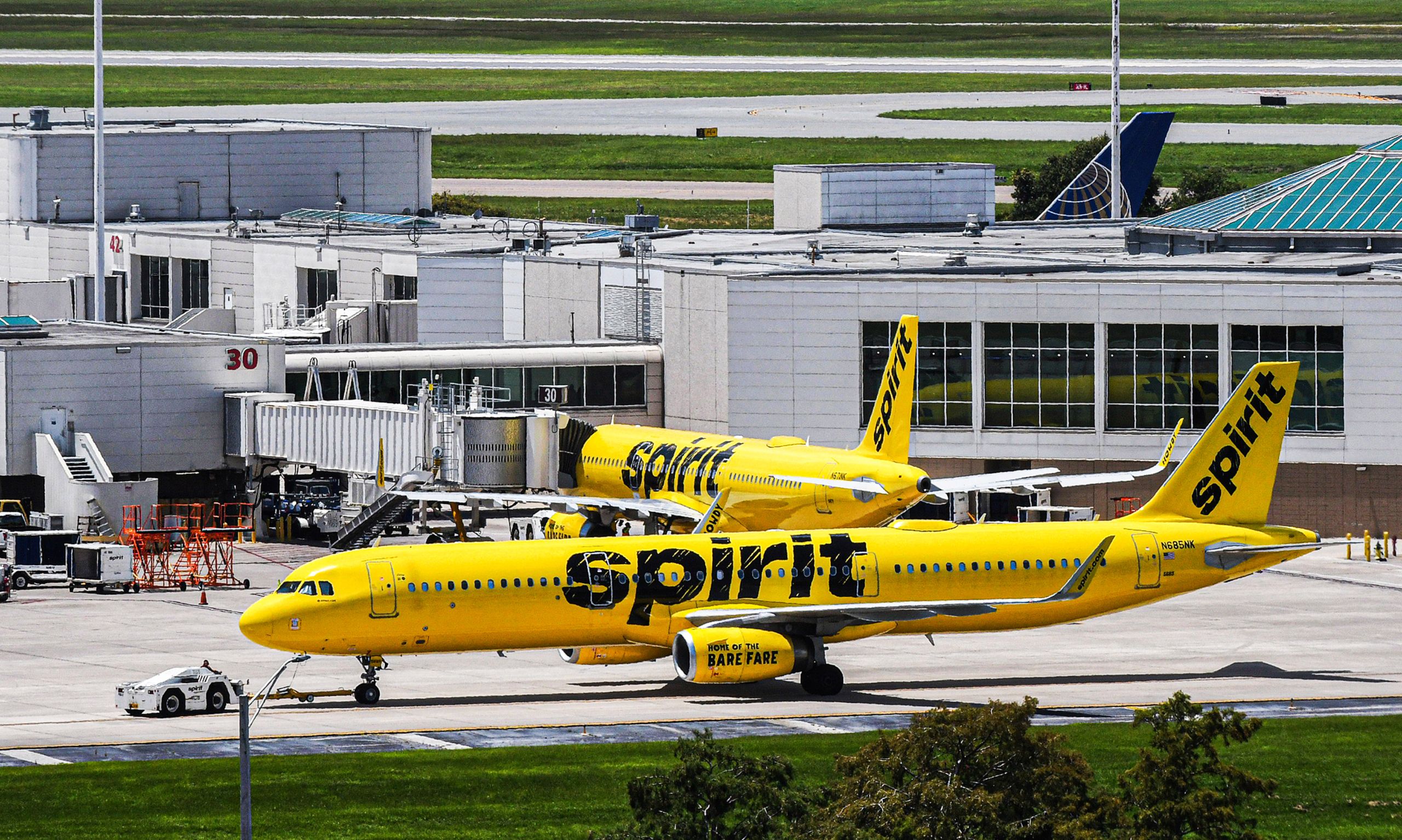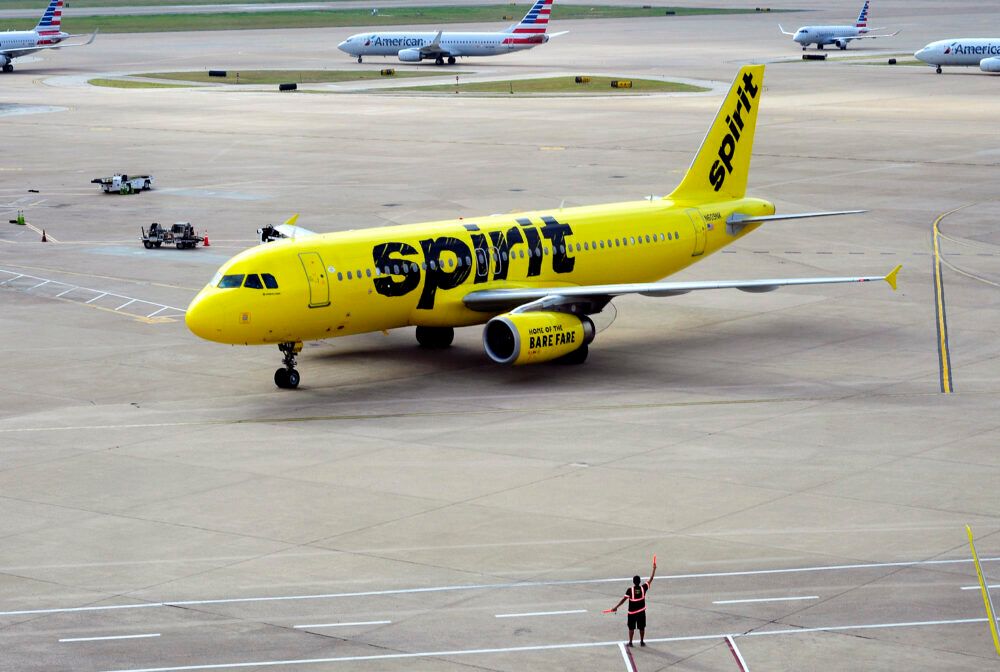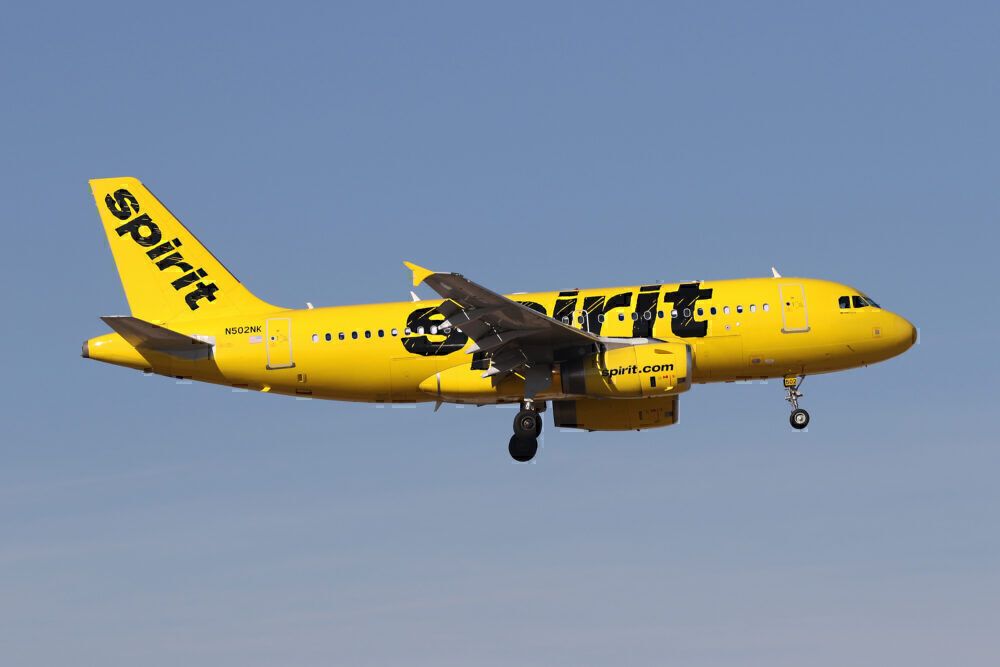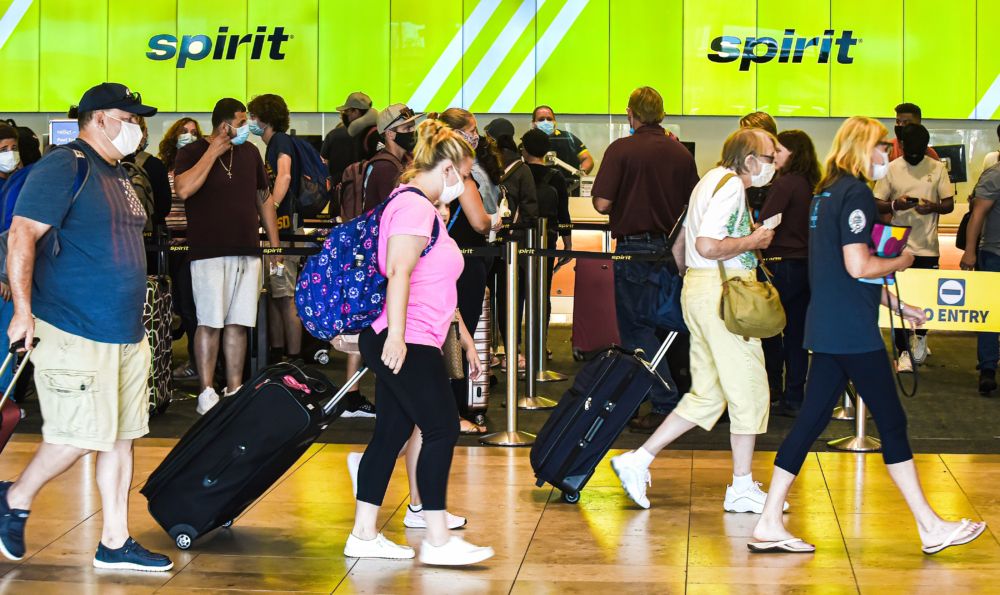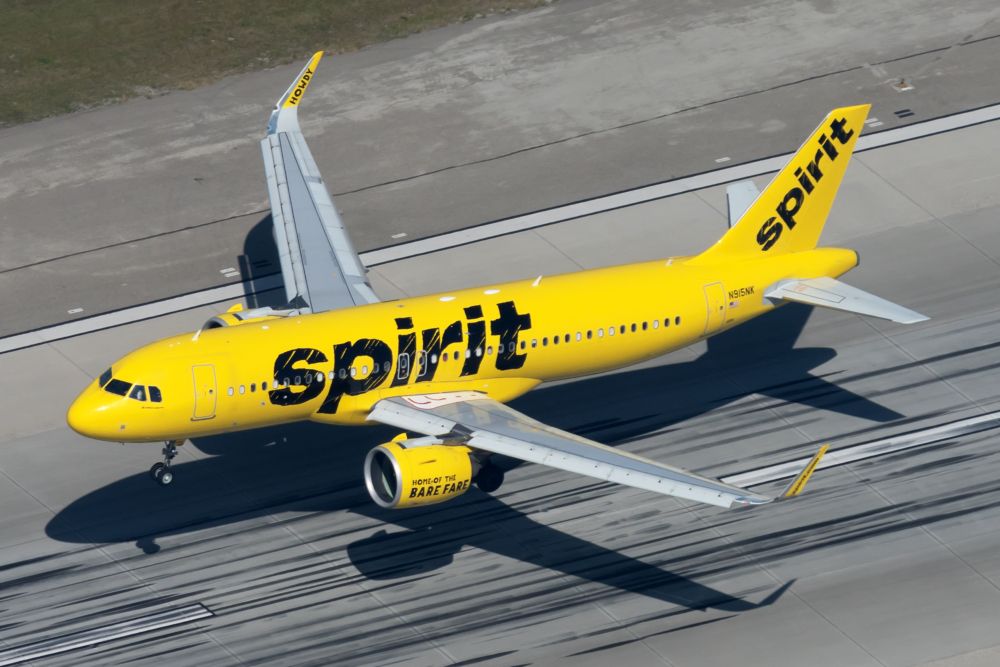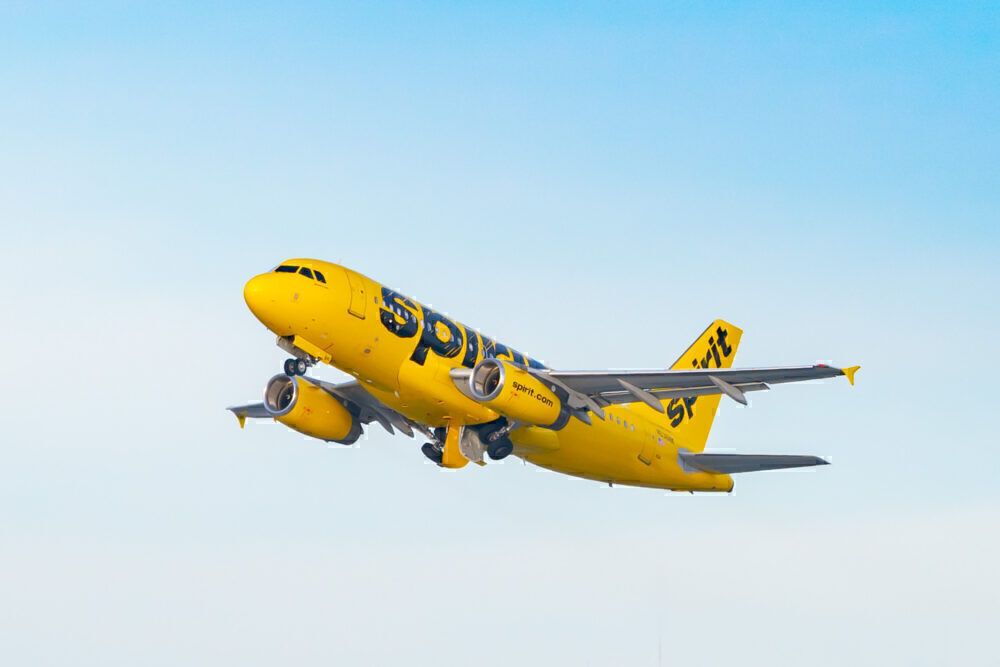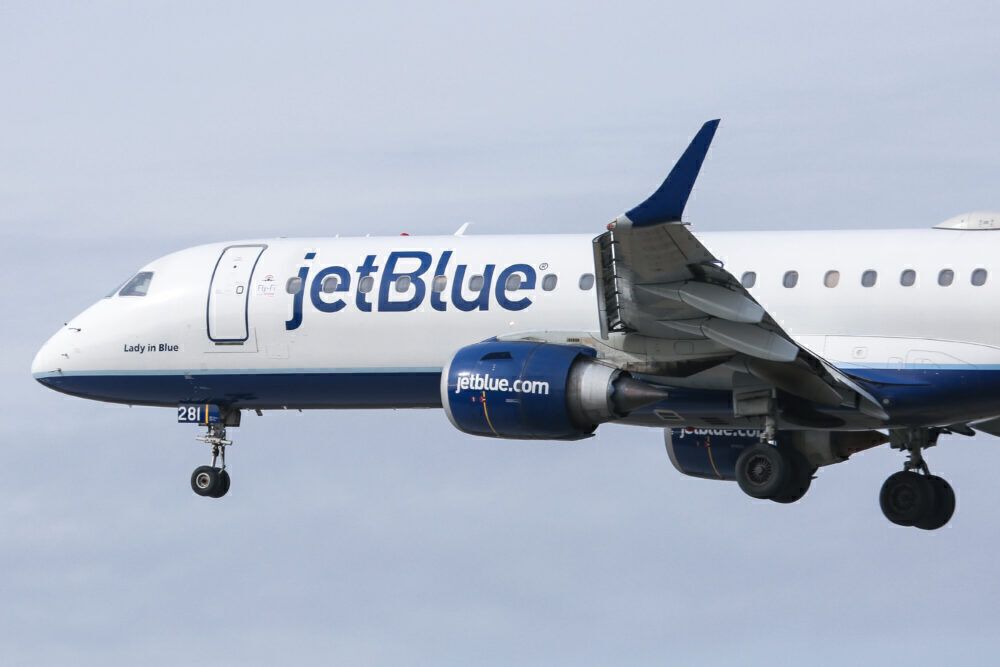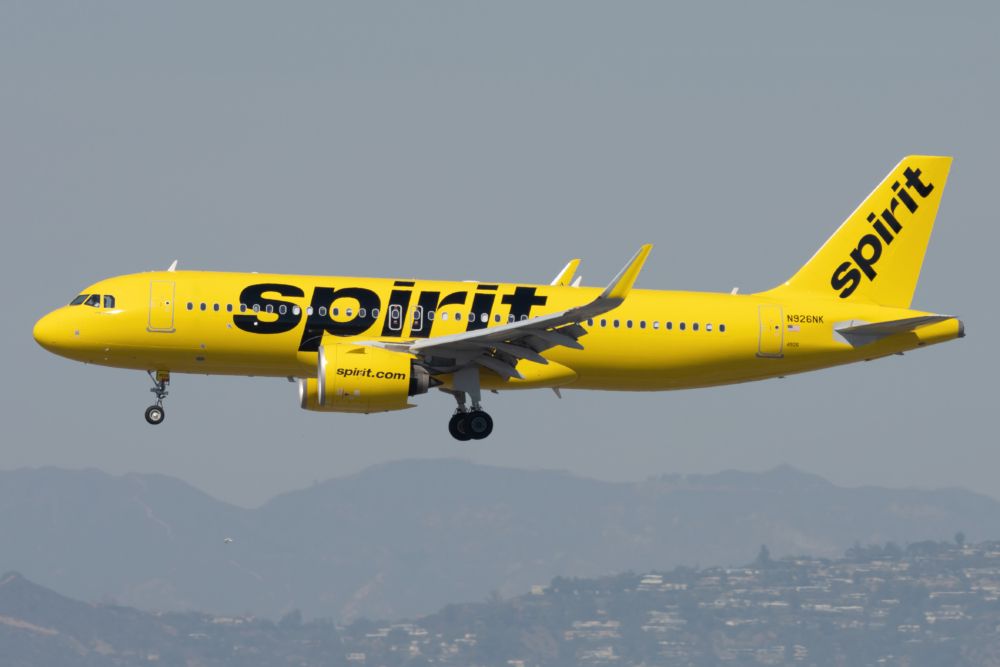Spirit Airlines has provided updated guidance for the third quarter of 2021. In light of several days of operational disruptions and mass cancellations, Spirit Airlines is pulling back a sizable portion of its third-quarter flying and financial guidance to account for the disruptions.
Spirit pulls back third-quarter guidance
Spirit Airlines has made significant changes to its third-quarter expectations in light of recent events. One of the largest hits goes to the carrier's total operating revenues. It now expects third-quarter operating revenues to be between $885 and $955 million. This comes on operating expenses that are expected to be between $1.03 and $1.04 billion, up from the $1 to $1.01 billion it previously expected.
This shakes out to an expected loss for the third quarter, with adjusted expected earnings before interest, taxes, depreciation, and amortization (EBITDA) margin of (8.0)% to (1.0)% – somewhat small but significant losses.
One of the most significant changes comes to the carrier's expected capacity. Measured in available seat miles (ASMs), Spirit previously expected to fly 10.6% more ASMs in the third quarter of 2021 compared to the same quarter in 2019. Now, it has pared that back to only 4.2%.
Stay informed: Sign up for our daily and weekly aviation news digests.
Irregular operations take a toll
From July 30th through August 9th, Spirit Airlines suffered a difficult operational meltdown. The carrier cited challenges stemming from adverse weather and airport staffing shortages. This compounded into causing severe crew dislocations, which left the airline in an operational downward spiral.
In total, Spirit Airlines canceled a whopping 2,826 flights in this period. On several days, the airline canceled over 50% of its planned operations, with some days stretching above 60%. As a result of these irregular operations, Spirit expects to take a negative revenue impact of approximately $50 million.
Spirit Airlines wants to avoid a meltdown like this again. As a result, the carrier wants to "enhance network stability," citing continued labor shortages at airports. Moreover, the airline has started to see an increase in close-in cancellations from passengers and demand softness for bookings in the quarter. There is also some residual negative impact to the brand from the irregular operations.
Together, the airline expects this to drive an additional $80 to $100 million of negative revenue impact during the third quarter. Coupled with the increased operating expenses to re-accommodate passengers with impacted travel plans (including purchasing tickets on other airlines and covering hotels and other travel-related costs) and added labor expenses (including overtime) have contributed to the increase in operating expenses.
Between the irregular operations and tactical schedule reductions, the airline is only expecting its third-quarter capacity to be up 4.2%, significantly reduced from its previously-anticipated 10.6%. Spirit has been on a strong growth trajectory and has focused on growing its Airbus A320neo fleet to drive additional growth.
Will Spirit recovery from the irregular operations?
No doubt, many customers may have been left with a bad taste for Spirit Airlines after over a week of operational disruptions that saw the airline nearly grind to a halt. A cascade of perfect storms (quite literally and metaphorically) left the airline in an operational downward spiral that took a while to get out of. Spirit appears to be back on track at this point.
In 2007, on Valentine's Day, the Northeast US was hit by awful winter storms. JetBlue, with heavy exposure in the region, expected it would be able to ride out the storms and fly a robust schedule as its peers cut down. That plan backfired, with the storm taking a massive toll on air operations. For JetBlue, the operational disruptions became known as the "Valentine's Day Massacre."
JetBlue had planes stuck in airports they could not take off from because of the weather. It had crews that could not fly out of airports and, to make matters worse, it had full loads of customers show up. Coupled with the President's Day holiday weekend, it was a mess for JetBlue, and things got out of control relatively quickly. There were literally planes stuck on the apron for hours, gates that were unavailable for deplaning, and too many passengers showing up for flights that were full.
Over the coming days, the airline was hampered by a mammoth backlog of passengers who needed to travel. However, flights were full, there were limited opportunities to add new flying, and the airline was still reeling from the operational disruptions.
Today, JetBlue is a successful airline that has grown immensely since 2007. The airline is even turning abroad, flying its Airbus A321LRs over to London with more of Europe on the horizon. JetBlue rebounded, though not without some consequences. Founder and CEO David Neeleman was pushed out of his role just a few months after the operational disruptions.
Spirit Airlines will need to go back and double down on the investments it has made in the last few years to run smoother, more reliable operations. Given Spirit's low fares, it may be able to tempt some passengers back onboard its aircraft. Spirit will need to show targeted improvements, but if JetBlue serves as a case study, there is a way out for Spirit Airlines.
What do you make of Spirit's updated third-quarter expectations? Were you impacted by Spirit's operational disruptions? Let us know in the comments!

